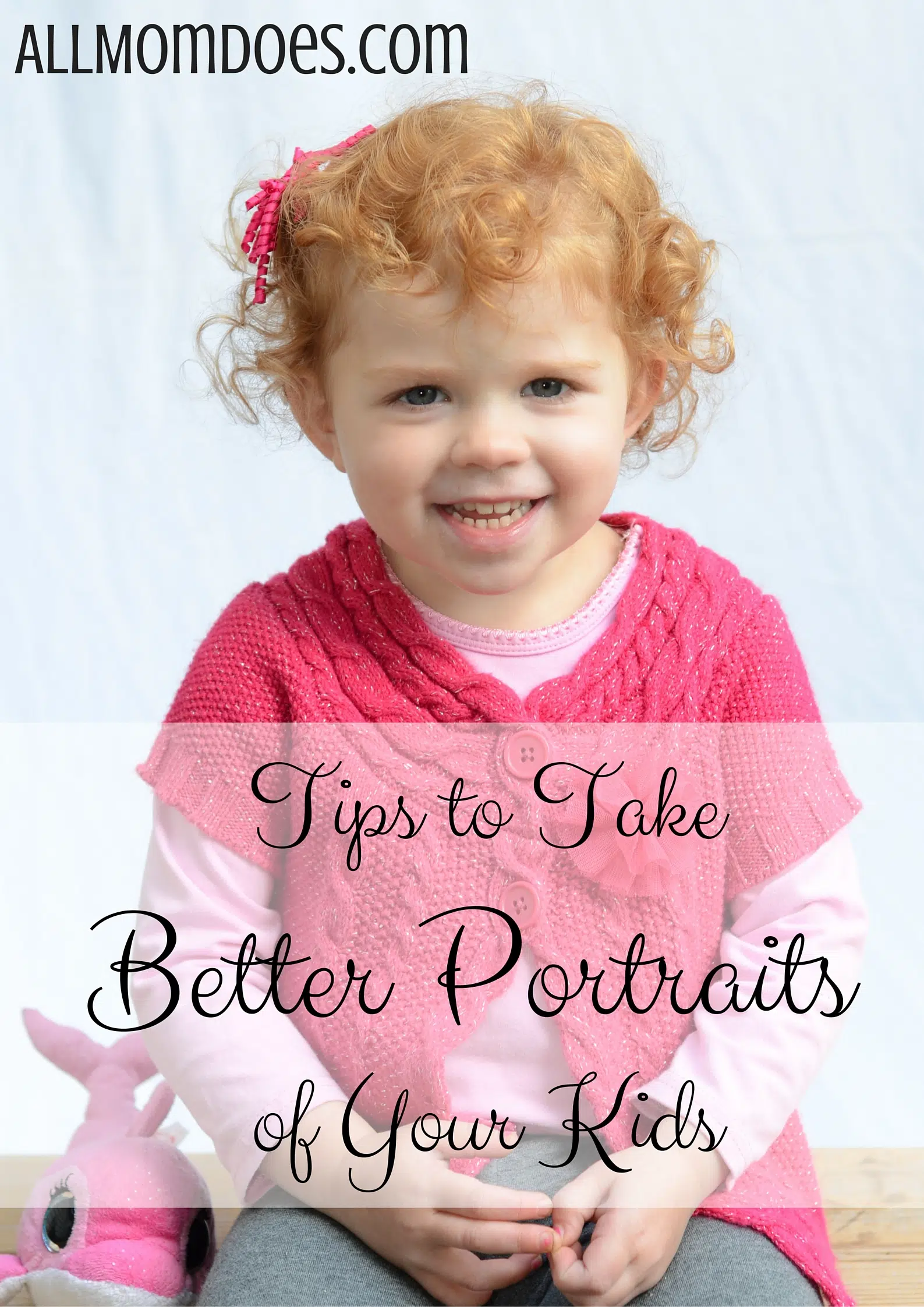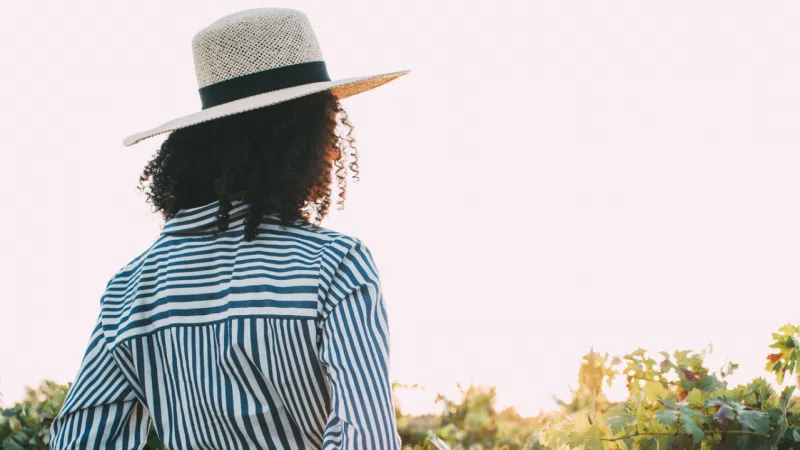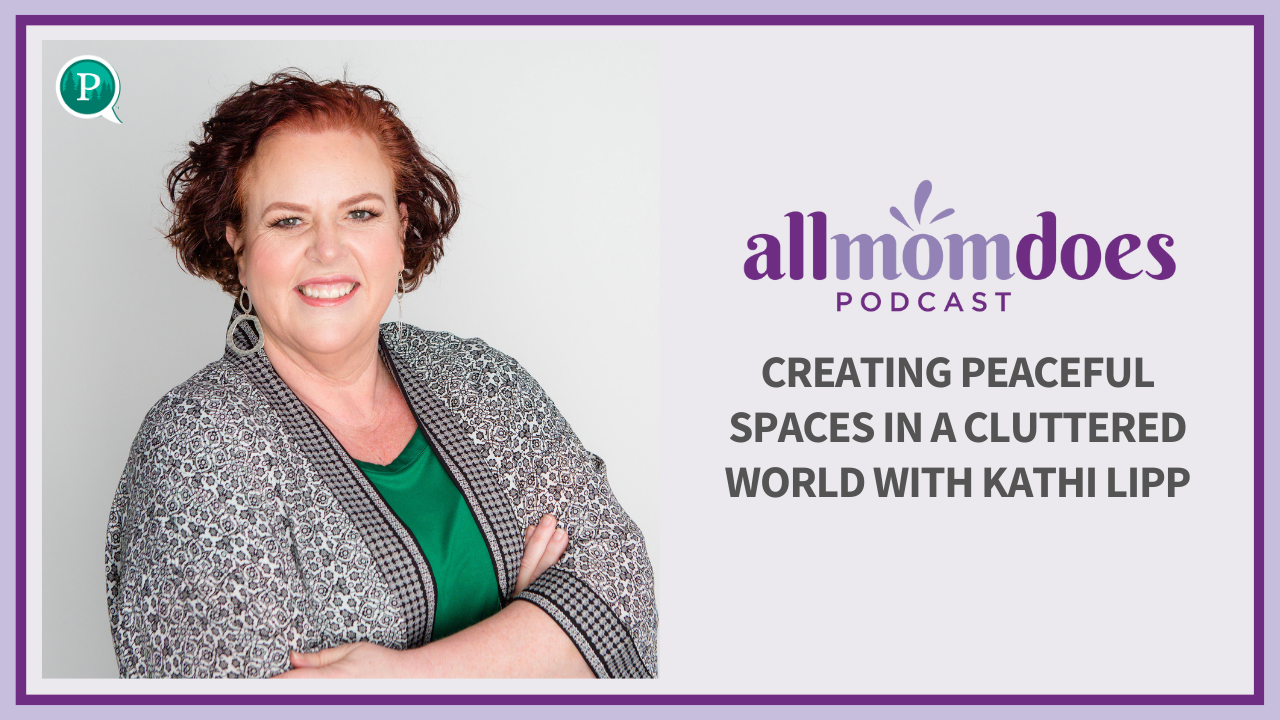It’s school picture season, and let’s be honest – you never know exactly what you’re going to get when photos come in and that envelope comes home. This year I didn’t even bother sending in an order form because my daughter’s hair…

…it looks like this. It’s a recipe for school photo disaster. So I decided to just take the photos myself this year.
I spent a lot of years taking photos with a DSLR and being frustrated. I finally had a good camera, but my pictures didn’t seem any better. Thankfully with time, instruction, practice – and a lot of mistakes – I’ve learned a few things and today I’m sharing some easy beginner’s tips for improving portrait photography with your kids.
1. Go outside. Natural light is always better. Take photos on an overcast day or in an area that’s more shaded. Even though natural light is great, harsh full-on sunlight is not. Another option is to take photos just inside your garage with the door open.


4. Use a remote shutter release. This goes along with the previous tip, but once my camera is set up I don’t want to touch it and mess things up. These are pretty cheap as far as camera accessories go and totally worth the money for the hands-free experience.

5. Use the flash. What?!? Didn’t I just tell you to go outside because natural light is best? Yup, but in this case the flash can illuminate shadowed areas of the face (called “fill flash”) like the eye sockets.

{No flash on the left, fill flash on the right.}
When you use the flash, though, you’ll want to diffuse it because the light is harsh. You can buy diffusers super cheap and they just go over your flash to soften the light.

Even cheaper is this option.

{Yes, that is a square of toilet paper taped to my camera’s flash to diffuse it. It’s your free option and it works.}
6. Choose a focal length between 50mm – 140mm. Have you ever taken a picture of your child and even though everything looked great, your kid didn’t look quite as cute as they do in real life and you just couldn’t figure out why? It could be your choice of focal length.
Lenses all cause some measure of distortion, and any focal length below 50mm will cause enough distortion of the face that you’ll notice. Other people might not be able to tell, but it’s your child’s face and you’ll totally be able to tell if their nose looks a little bigger than usual. So if you’re using a lens that can zoom, choose a focal length of between 50-140mm and just stick with it. (Note: 80-100mm is probably your best bet.)

7. Shoot from straight on or slightly elevated. You know this if you’ve ever taken a selfie. Nobody looks great looking down at the camera, and kids are no exception. Everyone looks better with their head tilted up ever so slightly. So make sure you’re at a good height for them to look up naturally but not have to crane their neck.
8. Focus on the eyes. No matter what, in a portrait, the eyes have to be in focus. If they’re soft, it will be super obvious and the photo won’t be useable. If your camera has trouble focusing on what you want it to focus on, change to a mode where you can choose the individual focus point rather than letting the camera choose it for you.

{The eyes on the left are tack-sharp, and even though I prefer the smile in the photo on the right, there’s no ignoring that the eyes aren’t in complete focus. The left photo wins.}
Note: If you don’t know how to manually choose a single focus point, check your camera’s manual or look it up online. Tutorials abound! If you typically shoot in auto mode you might have to change to aperture or shutter priority if you aren’t ready for manual mode quite yet.
9. Get their attention. Be silly, but keep the silliness close to the camera. While an assistant could be great for getting your kiddo to laugh, make sure they’re not way off to the right or drawing attention far above your head, because that’s where their eyes will wander. If you want your child looking directly into the camera (or super close to it), that’s where you need to keep the action.
10. Crop those photos! I can’t edit a photo to save my life, but I can crop one. You can cut out a lot of distractions (like the embarrassingly wrinkled sheet I used as a background – oops!) by cropping and bringing the focus back to the subject – your child! For portraits I typically crop to an 8×10 ratio and leave a little margin to account for the frame when I print it out. And that way, if I print out a 5×7 size (which is skinnier in portrait mode) it just crops more off the sides. I’d rather cut off the edges of their arms than the tops of their heads!


While I’m just a mom with a camera and nowhere close to being an amazing photographer, these are some of the ways that I’ve been able to improve portraits of my kids. If you’re looking for tips for everyday photos, check these out. And if you’ve got more tips for moms trying to capture their kids, tell us in the comments below!

















